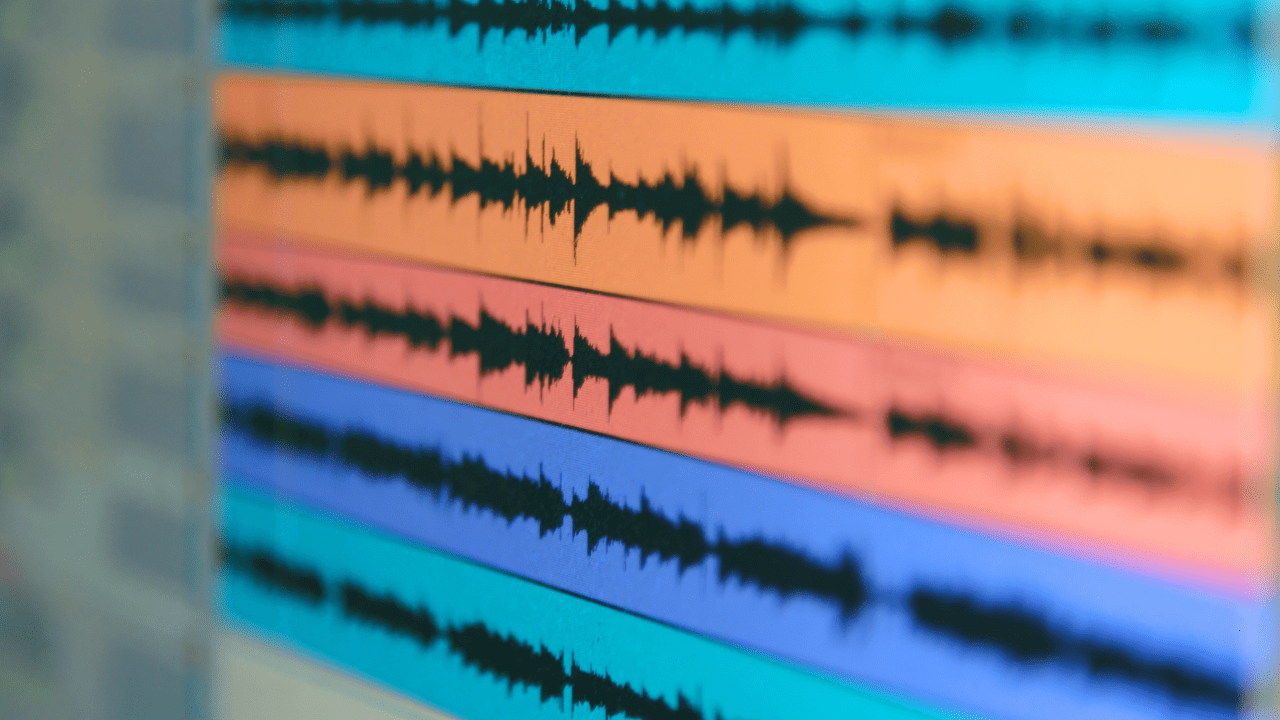In today’s digital age, the term music file is synonymous with how we store, share, and enjoy music. Whether you’re streaming on your favorite platform, downloading a track, or creating your own music, understanding music files is essential. From choosing the best format to optimizing quality, this guide will explore everything you need to know about music files.
What is a Music File?
A music file is a digital representation of an audio recording. It stores sound data that can be played on various devices such as smartphones, computers, and music players. Music files come in different formats, each with unique characteristics.
Why Are Music Files Important?
- Portability: Carry thousands of songs in a small storage space.
- Versatility: Play music on multiple devices.
- Sharing: Easily share your favorite tracks online.
- Creation: Produce and distribute music files as an artist.
Understanding music file formats can enhance your listening experience and help you make informed decisions when creating or storing music.
Common Music File Formats
The world of music files can be overwhelming, but it’s easier to navigate when you know the most popular formats and their uses.
A. MP3 (MPEG Audio Layer III)
MP3 is arguably the most recognized and widely used music file format.
- Advantages:
- Small file size.
- Compatible with almost all devices.
- Suitable for streaming and downloading.
- Disadvantages:
- Loss of audio quality due to compression.
B. WAV (Waveform Audio File)
WAV files are uncompressed, preserving high-quality audio.
- Advantages:
- Superior sound quality.
- Ideal for professional audio editing and production.
- Disadvantages:
- Large file size.
- Less practical for casual use.
C. FLAC (Free Lossless Audio Codec)
FLAC is a lossless format that retains high-quality audio while reducing file size.
- Advantages:
- High-quality sound.
- Smaller file size than WAV.
- Disadvantages:
- Not as universally compatible as MP3.
D. AAC (Advanced Audio Codec)
AAC is a modern compressed format often used by streaming platforms.
- Advantages:
- Better quality than MP3 at the same bitrate.
- Widely supported.
- Disadvantages:
- Slightly larger file size than MP3.
Choosing the Right Music File Format
The best music file format depends on your needs. Ask yourself these questions:
- What is the purpose?
- For casual listening, MP3 or AAC works well.
- For professional production, WAV or FLAC is preferred.
- What is the storage capacity?
- If space is limited, use compressed formats like MP3 or AAC.
- If quality is a priority, opt for lossless formats like FLAC.
- What devices will you use?
- Ensure your chosen format is compatible with your device or software.
How to Convert Music Files
Sometimes, you may need to convert a music file to a different format. Here’s how:
Using Online Converters
- Websites like Online Audio Converter or Zamzar allow easy conversion between formats.
Using Software Tools
- Audacity: Free software for audio editing and format conversion.
- Adobe Audition: Professional-grade audio editing and conversion.
Steps for Conversion
- Upload the music file.
- Choose the desired output format (e.g., MP3, WAV, FLAC).
- Adjust settings like bitrate or sample rate if needed.
- Download the converted file.
Managing Your Music Files
Keeping your music files organized ensures a seamless listening or production experience.
Tips for Organization
- Use folders: Categorize music files by genre, artist, or year.
- Rename files: Use descriptive names to easily identify tracks.
- Back up your library: Store copies on external drives or cloud services.
Popular Music Management Software
- iTunes/Apple Music: Excellent for organizing and syncing music files.
- MediaMonkey: A versatile tool for managing large music libraries.
Creating Your Own Music Files
If you’re a musician or producer, creating music files is a crucial step in sharing your art.
Steps to Create Music Files
- Record your track: Use professional tools like Pro Tools or GarageBand.
- Edit and mix: Enhance your recording with effects and adjustments.
- Export: Save your project in the desired music file format.
Distributing Your Music
Once your music files are ready, share them on platforms like Spotify, YouTube, or sell them on Beatport to reach a global audience.
Music File Trends and Innovations
The music industry is constantly evolving, and music files are no exception. Here are some trends to watch:
- High-Resolution Audio: Formats like DSD and MQA offer studio-quality sound.
- Streaming Dominance: Services like Spotify and Apple Music use compressed files to optimize streaming.
- AI and Music: AI tools are now being used to analyze and enhance music files.
Conclusion:
Music files are an integral part of our digital lives. Whether you’re a casual listener, a budding musician, or a seasoned producer, understanding music file formats, conversion methods, and management tips will empower you to make the most of your music experience.
So, next time you think about downloading, sharing, or creating a track, remember the insights from this guide to choose the right music file for your needs.
Related Articles:
For further reading, explore these related articles:
- Best Audio Format: Easy Guide to Sound Quality and File Types
- Best Audio File Format: A Simple Guide to Quality, Storage, and Compatibility
- How to Claim Amazon Music Artist Profile: A Complete Guide
For additional resources on music marketing and distribution, visit Deliver My Tune.






